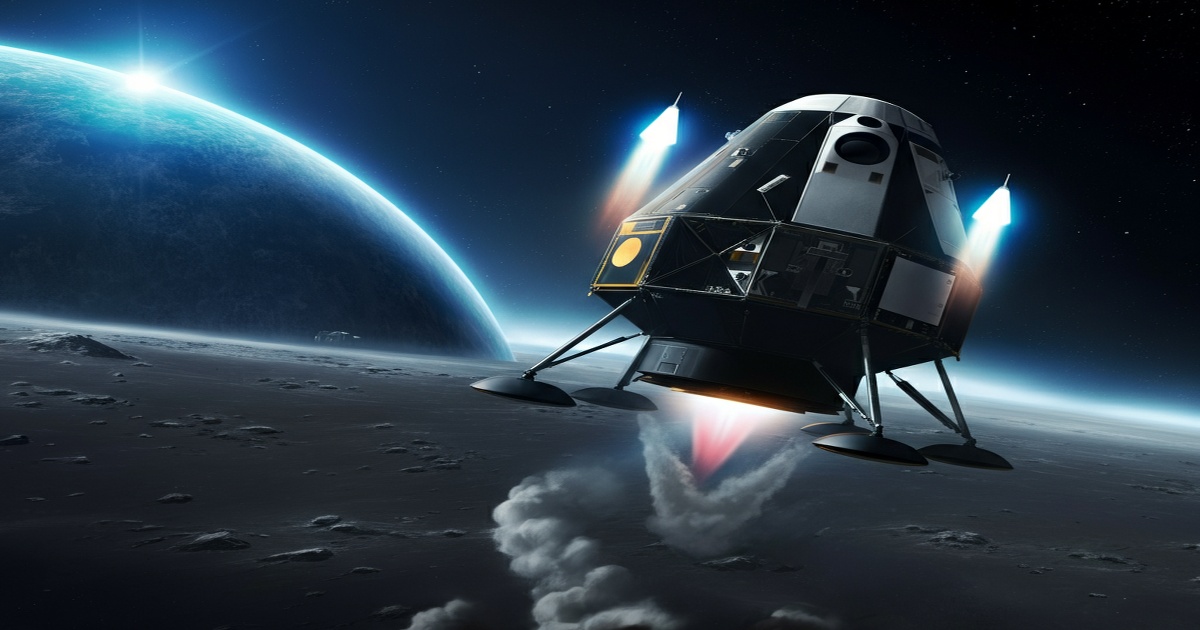On January 15, 2025, a SpaceX Falcon 9 rocket took off from pad 39A at Kennedy Space Center in Cape Canaveral, Florida, carrying two lunar landers destined for the Moon’s surface. This mission, which represents a collaboration between American and Japanese companies, seeks to create new business prospects on the lunar landscape and marks an increase in private sector interest in exploring the Moon.
The launch occurred under the cover of night and the two landers separated an hour into the flight, proceeding on distinct paths towards their lunar targets. This mission is a second attempt for ispace, a Japanese firm, following a previous failed attempt when their first lander crashed two years prior. The current mission includes a rover designed to collect lunar soil samples for analysis, and aims to investigate potential food and water resources for future missions.
Firefly Aerospace, based in Texas, is also participating in this venture, deploying ten experiments for NASA. These experiments include equipment for soil collection, temperature measurement beneath the lunar surface, and a device to prevent lunar dust from damaging astronaut gear. Firefly’s lander, named Blue Ghost after a species of Southeastern fireflies, is expected to be the first to reach the Moon, attempting to land in early March at the Mare Crisium area.
The larger ispace lander, Resilience, will take several additional months to arrive, targeting the Mare Frigoris region. The founders of both companies have expressed a shared understanding of the ongoing risks associated with lunar missions, as only a handful of nations have successfully managed moon landings since the 1960s.
In preparation for the U.S. return to crewed lunar missions through NASA’s Artemis program by the end of the decade, various scientific instruments and technologies are being sent to the Moon ahead of time. Should the landers accomplish their goals, they will operate in a two-week cycle of daylight before shutting down at nightfall.
Once landed, ispace’s 5-kilogram rover will conduct exploratory activities around the lander and also deliver an artistic toy-sized red house created by a Swedish artist to the lunar surface. NASA is investing significantly in these missions, having allocated $101 million to Firefly and another $44 million for its experiments, while ispace has not disclosed its mission costs, which are reportedly lower than its previous endeavor. Following this mission, another lunar mission by Houston-based Intuitive Machines is scheduled for late February, building on their recent successful lunar landing.







5 Comments
Pupsik
This mission is a great example of how space exploration can inspire the next generation of scientists and engineers.
Marishka
This feels like a step towards exploiting the Moon for resources. We should respect space and its resources.
Pupsik
Another mission to the Moon? We've already been there, haven't we? Let's focus on solving problems here on Earth.
Marishka
It's great to see private companies taking the lead in lunar exploration. This could accelerate innovation and discovery.
Pupsik
This collaboration between American and Japanese companies shows the potential for international cooperation in space.